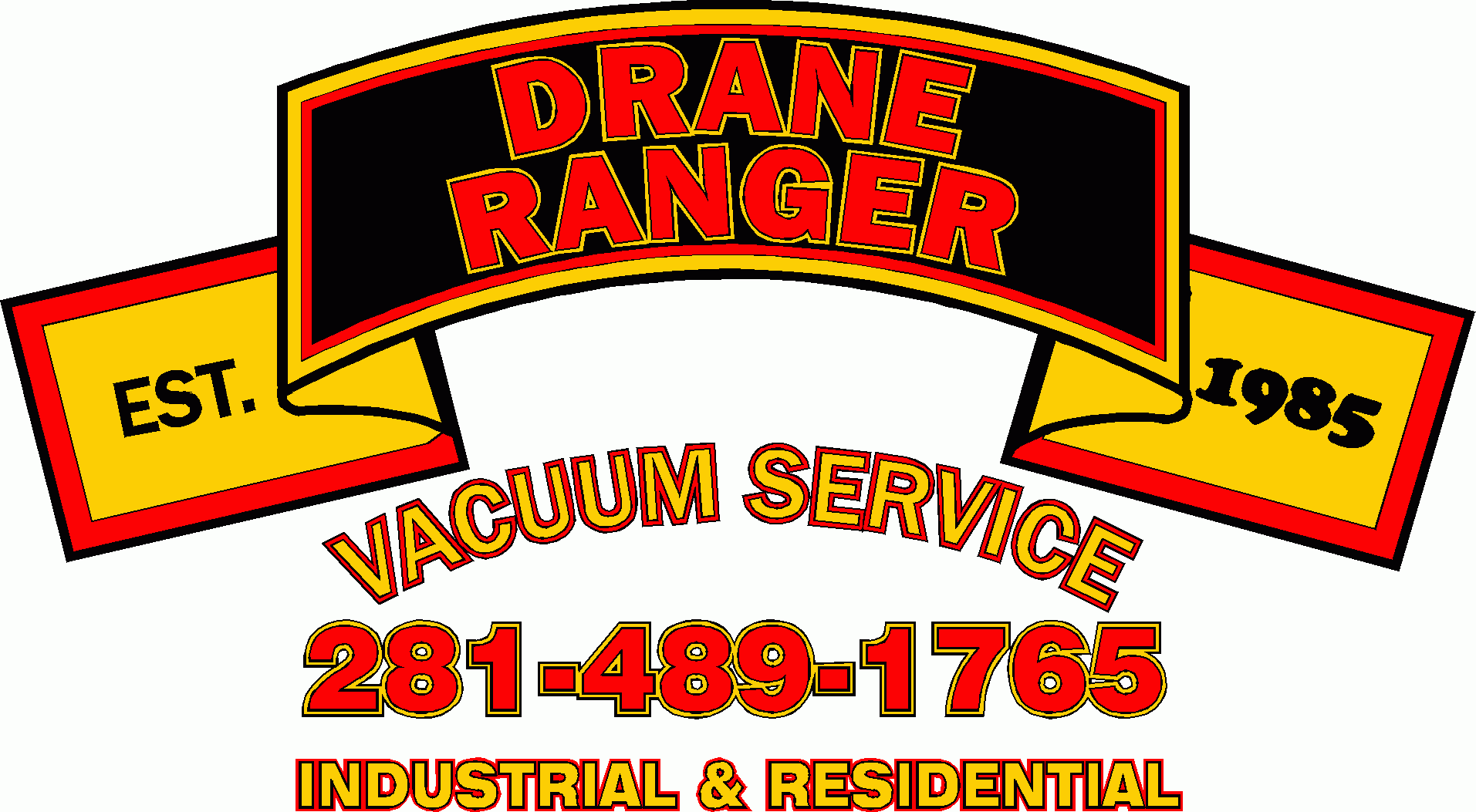Wondering about the difference between septic tank maintenance and sewer maintenance? In municipalities with public sewage treatment, the dirty water from sinks and toilets collects in a series of large, centralized filters and tanks. When all the solid, non-organic waste is removed via the filters, the remaining organic waste is treated with bacteria that break down all of the harmful compounds in the fecal matter. What remains is purified with chlorine to kill the bacteria that was just introduced. This clean, bacteria free water is recycled back into the city’s reservoirs.
For communities where there are simply not enough residents living in close proximity to justify building a centralized system, septic tanks are used. Septic tank maintenance is an expense that is paid in lieu of having to pay municipal property taxes to fund and maintain communal sewage treatment. However, because you are paying for your own private sewage treatment, you are also taking on more of the risks associated with something going wrong. But don’t worry too much: there are companies, like Drane Ranger, who can help you manage and mitigate this risk.
Water to water
Septic tank systems are small scale, on-site sewage treatment facilities. Because one household living on an acreage or farm could not possibly have as much purchasing power—or waste—as, say, a town of one thousand people or a big city, they tend to be less sophisticated than the treatment facilities that exist in urban areas. They are still able to manage the wastes your building can produce, but you’ll have to ensure the required septic tank maintenance (https://draneranger.com/services/septic-tank/) is performed to ensure best performance.
Just like in the cities and towns, a septic tank’s first step is to remove the solid waste from the water that it sits in. Instead of having an elaborate set of filters that remove the non-organic components before the organic stuff is treated with bacteria, a septic tank will typically let the solid waste sink to the bottom, and then expose the remaining sludge to the bacteria as it remains suspended. The water, now being free of all of the harmful bacteria that is found in fecal matter, is free to leave the tank and travel into an adjacent drainage field with highly porous soil, where it seeps into the groundwater and is then absorbed into the root systems of grass and trees. The remaining sludge and solids accumulate in the tank until the tank is full, at which point it must be emptied.
What do you need to know about septic tank maintenance?
The most important part of septic tank maintenance is that it gets emptied every three to five years (this can vary depending on the size of the tank, the number of washrooms one your property, and the amount of use). If this is not done, you will end up contaminating your drainage field with all of the inorganic waste that could not be broken down by the bacteria treatments. Eventually, this waste matter will contaminate all of your groundwater aquifers. Have a professional come out with a vacuum truck, to pump everything out and then transport it for safe disposal. They can also ensure that there are no blockages and that there is no damage to any of the pipes or valves. They can also tell you which products to avoid putting down the drain. Septic system failure can be disastrously messy. Make sure to avoid this by calling the professionals.
